POLAND, Torun

Click, please, on this LINK to visit the photogalleries
about the project meeting in Torun, Poland
or click on the photos below:
Countdown "Did you know...?"
Did you know that every year in summer the Gingerbread Festival is held here in Toruń? Gingerbread - after Nicolaus Copernicus and Gothic symbols of the city - assure Toruń eternal fame. These spiced biscuits of varying shape, filled with aroma and dipped in chocolate or sugar icing have been made in Toruń since the 14th century. It is said to be the best souvenir from Toruń.

Did you know that Toruń is annually visited by over 1.5 million tourists from all over the world? They are mostly attracted by the historical Gothic Old Town, the memory of Nicolaus Copernicus, a native of Toruń, and the famous gingerbread cakes which have been baked here since the medieval times. It was in the 13th century that Toruń developed into a major commercial hub inhabited by Polish and German-speaking residents. The infusion of the western and eastern influences have determined Toruń’s wealth, diversity and uniqueness of the cultural heritage left in the city by the bygone generations. Everyone who visits Toruń even once cannot fail to notice the historical monuments, the unique atmosphere of the contemporary city, countless tourist attractions, as well as the close proximity of nature – the untamed Vistula river and the forests surrounding the city. We are waiting for you!

Did you know that Toruń is under the care of the angel? The angel and the gate in Toruń’s crest appeared for the first time in 1470 at an affixed seal. Holding a shield with an image of a half-open city gate, it was to symbolize God’s care of the city in times of war. Its presence can be explained by the will of the inhabitants to appeal to the divine help. Today the angel of Toruń with a golden key in his right hand guards the whole city. It is an element that distinguishes the crest of Toruń from among the heraldic signs of other Polish cities. The pattern of the crest is protected by law, and it is the authorities of the city of Toruń that are authorised to use it. The angel is one of the most important symbols of the city.

Did you know that the Town Hall is like a calendar? According to old legends, Toruń’s Town Hall is like a calendar. It has one tower like one year, four wings like four seasons of the year, twelve big rooms like twelve months, fifty-two rooms corresponding to the number of weeks in a year, and 366 windows, including one which was covered up when the year was not a leap one. If you wish you can walk to the tower to admire the lovely views of the city.

Did you know that there used to be a plague of frogs in Toruń? From the Middle Ages a typical element of the Vistula landscape in Toruń were raftsmen, who floated goods to Gdańsk. What reminds us about the raftsmen’s traditions today is the legend about the raftsman Iwo who, during a plague of frogs played his violin and thus led thousands of them away from the city. The monument of the raftsman which commemorates this story was unveiled in the Old Town Square in 1914.
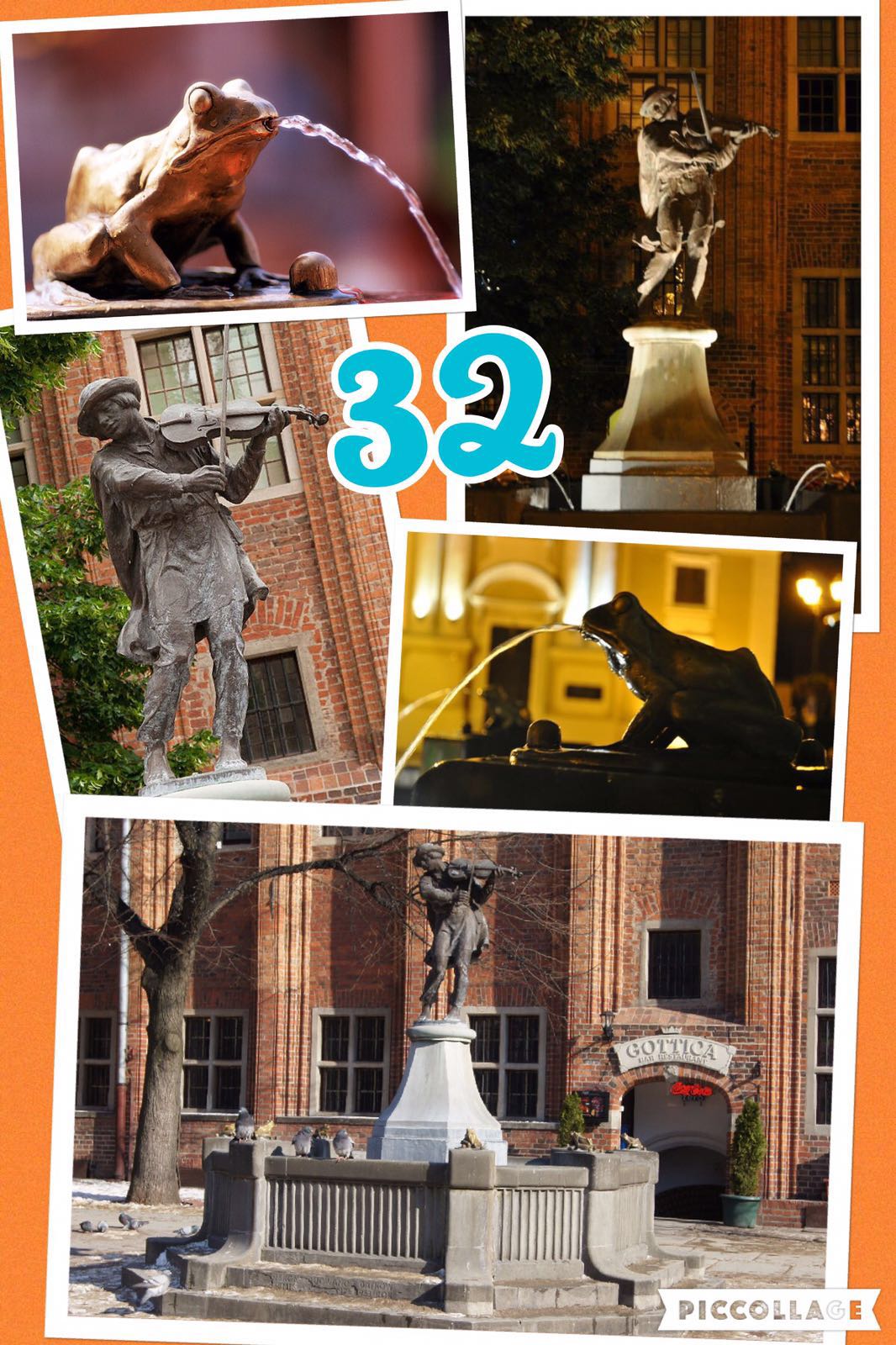
Did you know that the raftsmen’s clock was hung in the 15th century on the southern wall of St. Johns’ Church? The face of the clock, made of metal and richly decorated is visible only from the side of the Vistula and the former harbor. The clock once served the raftsmen working on the Vistula, and from them it has taken its name. It is, however, doubtful that they wasted time for counting minutes during their long journey. Perhaps that is the reason why the clock has only one hand, called “God’s Finger”, which ends with a palm showing only the passing hours.
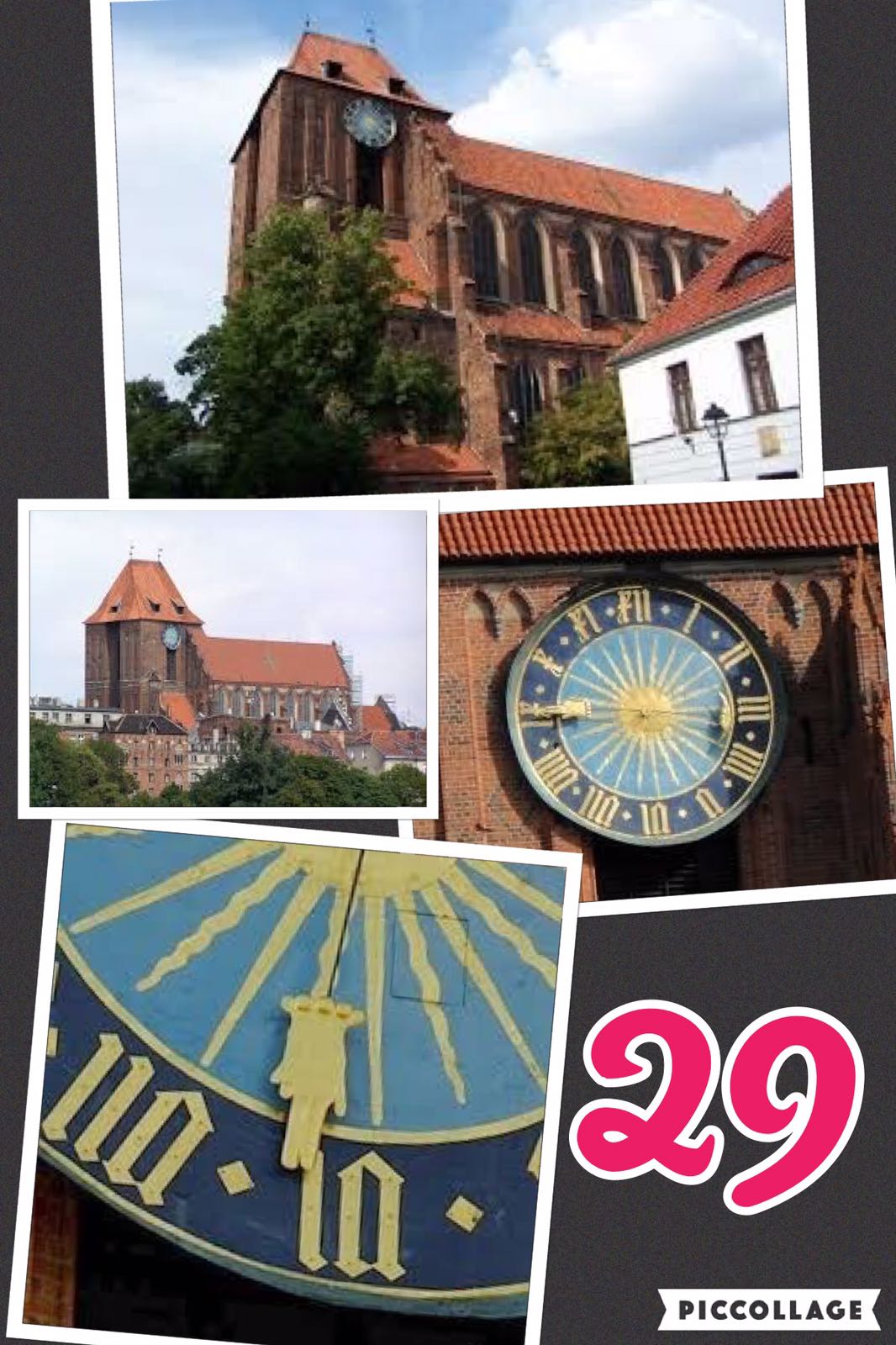
Did you know that in the heart of the city, at the corner of Żeglarska Street and Szeroka Street, one can come across A STATUE OF A DONKEY. The cute animal is a reminder of a tool of torture – a wooden donkey which used to stand in the very same place. A ride on a donkey’s back, covered with a sharpened strip of sheet metal was very painful punishment which was exacted even on municipal guards who broke the strict rules. To relieve acute pain of the torture, one might purchase medications at the oldest pharmacy in Toruń called The Royal Pharmacy (Apteka Królewska) which existed nearby since the end of the 14th century until recently.
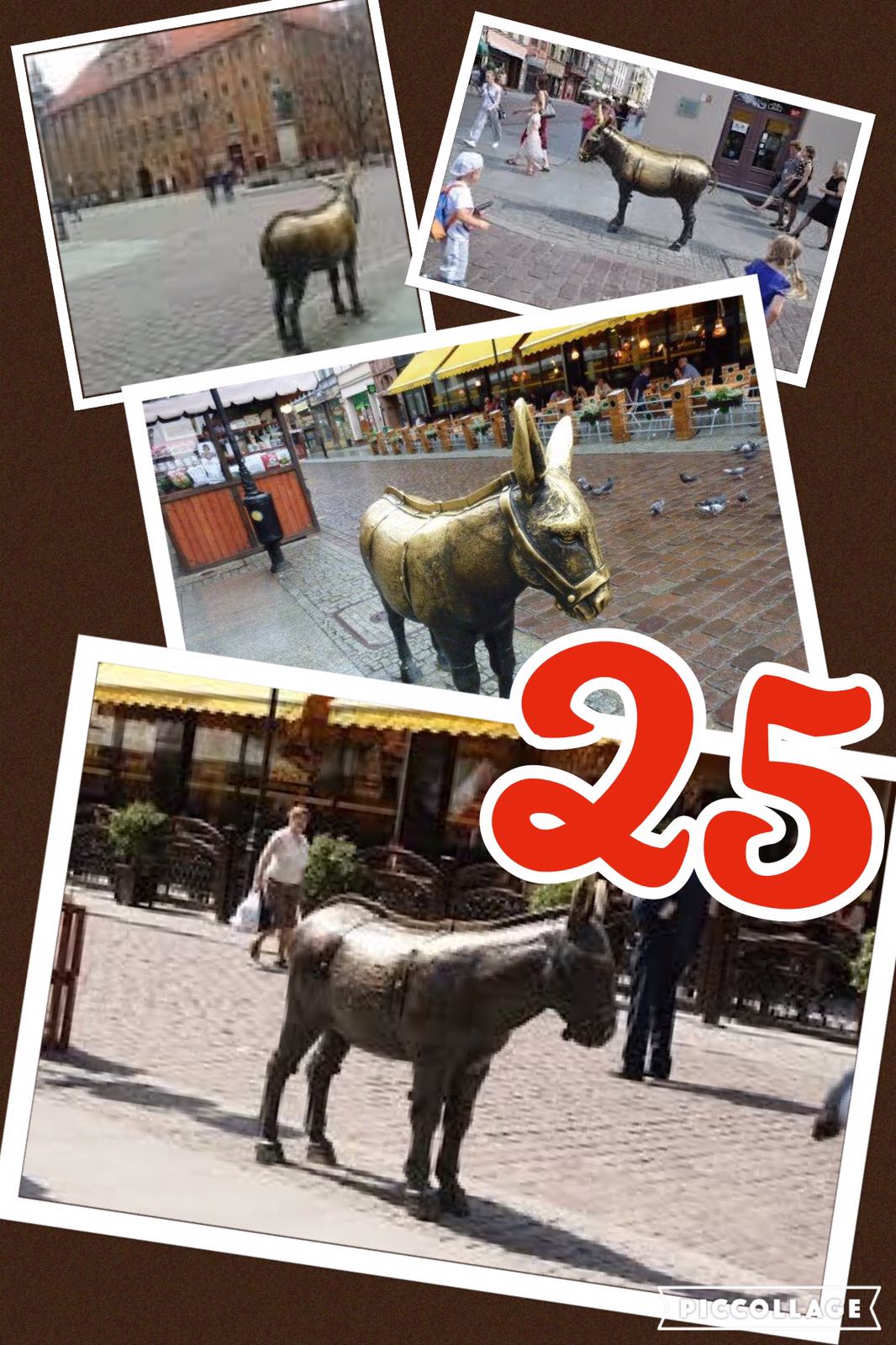
Did you know that in the tower of St. Johns’ cathedral there is the biggest medieval bell in Poland? It is called Tuba Dei (“God’s Trumpet”). It was cast in 1500 and weighs about 7.5 tonnes. Its sound welcomed kings arriving in Toruń and it accompanied the most important municipal festivities. A measure of importance of the bell for the inhabitants can be the 12 thousand thaler worth ransom which was paid in 1703 by the city council to the Swedes in exchange for their withdrawal from the plan to recast the “God’s Trumpet” into cannons. The bell is moved in a unique way: four bell-ringers kick a beam with their feet making it swing; at the top of the beam there is a chalice which hits the clapper of the bell.

Did you know that there is the Leaning Tower in our city? It is one of the few dozen medieval towers defending Toruń in the past. It is out of plumb by approximately 140 cm. According to the legend, it was built by a Teutonic Knight from a castle in Toruń as a penance for his sin. His construction was to be out of plumb in the same way his life was out of the monastic rule enforcing, e.g. celibacy. Allegedly, only those whose sins are lighter than those of the legendary monk are able to maintain equilibrium while standing close to the wall. You can check it out when you come here in 18 days.

Did you know that Toruń is a 783-year-old-city? It was founded in 1233 by the Teutonic Order – knights and monks who came from Jerusalem. They were brought to the land in the 13th century by a Polish prince, and were supposed to subdue pagan Prussian tribes living in the region. However, the Teutonic Knights quickly discovered that the land along the Vistula river made an ideal location for a city. Consequently, in the 13th century they started the construction of their castle in Toruń. Later they built other castles and fortified cities in the surrounding area, to strengthen their state. They ruled for more than 200 years. Today, only the ruins of the former Teutonic castle can be seen. The buildings of the Old Town, along with the defensive walls with towers and gates as well as the Gothic churches, must be seen as a reminder of the Teutonic Knights.
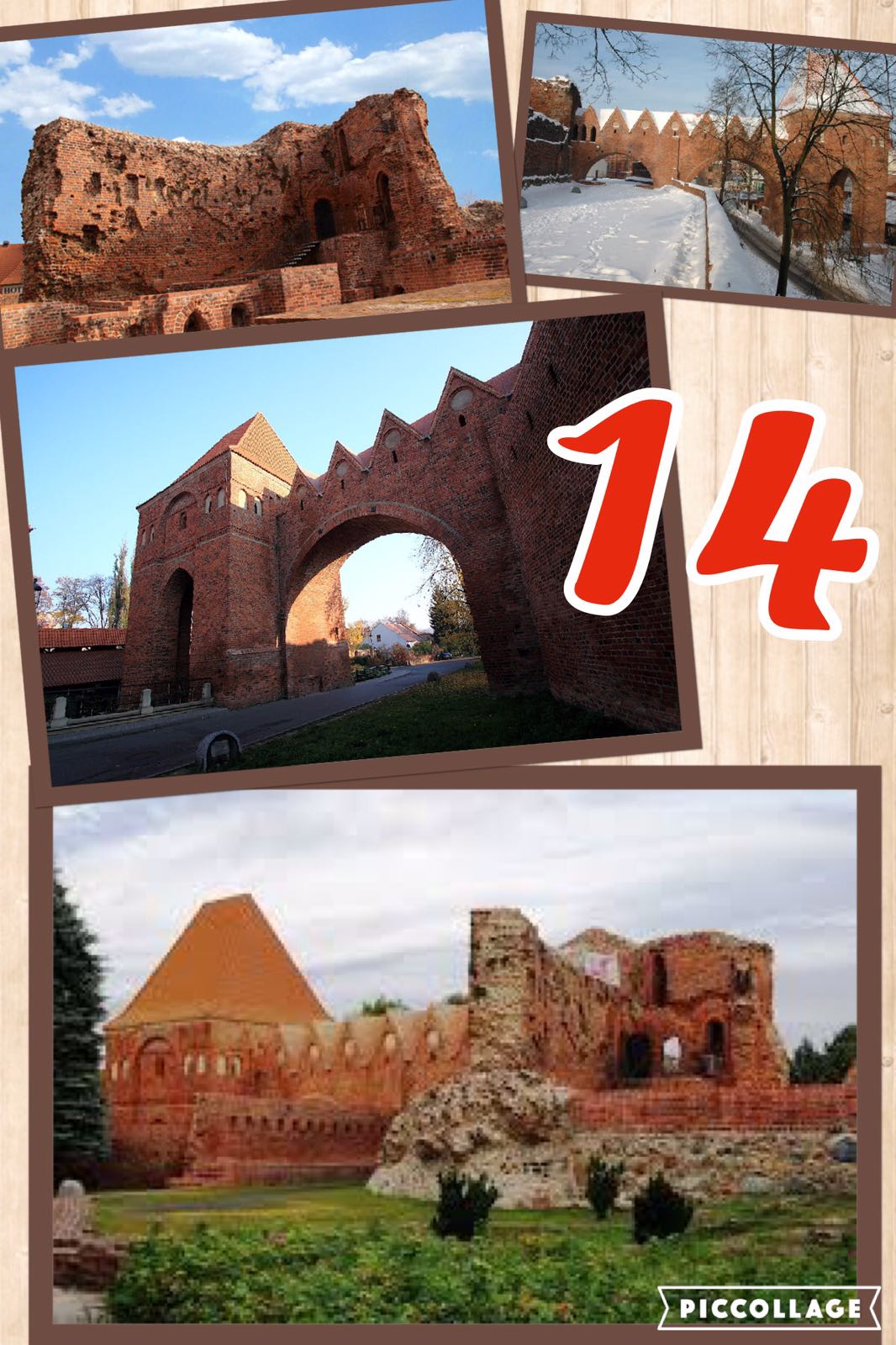
Did you know that since 1997 the Old Town district of Toruń has been listed by UNESCO as a World Heritage Site? Its unchanged medieval urban layout, with numerous historical monuments, was decisive in this respect. The eventful history of the city is reflected in the treasured collections of the local museums. In the Town Hall visitors can admire, among other attractions, exhibitions of Gothic art and traditional crafts. The town hall tower gives a superb view of the surrounding area. The Copernicus House is home to exhibits telling the story of the astronomer’s life and work. The city owes its unique character first and foremost to its perfectly preserved historical buildings – gothic churches, baroque granaries, charming medieval tenement houses, many of which still look as centuries ago. Toruń is a place where past meets the present and science meets the culture.

Did you know there are some uncommon avenues in Toruń? Toruń Walk of Merchants’ Marks (Aleja Gmerków) is located in Żeglarska Street and includes 25 marks of medieval Toruń Hanseatic merchants residing. Only a small number of medieval merchant families involved in the great international sea trade are listed here. Another Toruń attraction is the Gingerbread Walk of Fame (Piernikowa Aleja Gwiazd) located in the centre of the Old City, in front of Artus Court. Each year two celebrities distinguished by their contributions to the city reveal their autographs here. Walk of the Hanseatic Cities’ Crests is routed in the surface of Szeroka Street, linking the Old Town Market Square with the New Town Market Square. There are presented 30 European cities, with which Toruń maintained close trade relations as one of the biggest commercial centres of Europe.
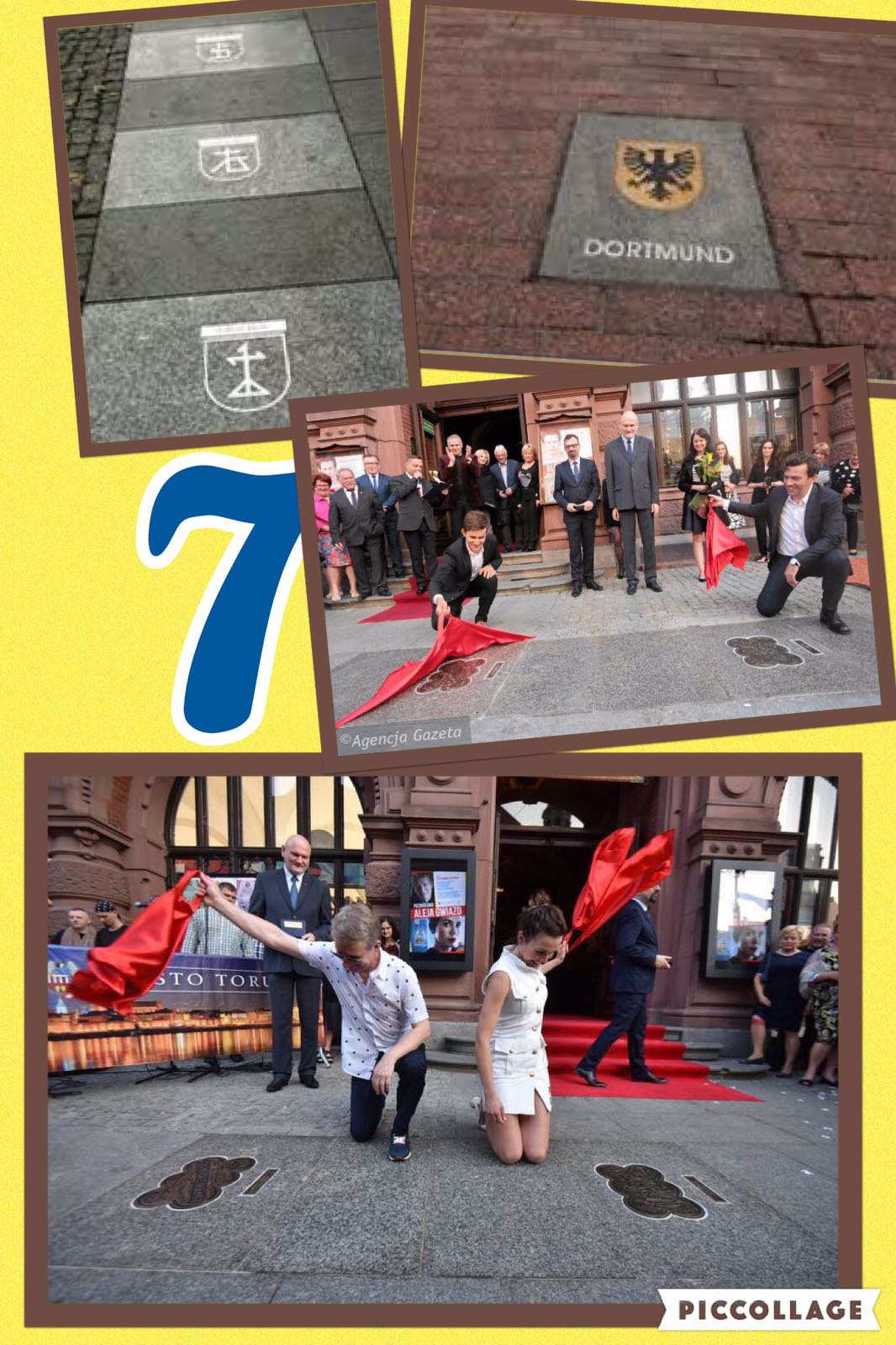
Did you know that Toruń has got sister cities around the world, among them Hämeenlinna in Finland and Novo Mesto in Slovenia? Other twin cities are Čadca in Slovakia, Göttingen in Germany, Kaliningrad in Russia and Leiden in the Netherlands, Swindon in the United Kingdom, Odense in Denmark and Philadelphia in the United States. The last one has even got a name of the Vistula boulevard running between the mediaeval city walls and the river is among people’s most favourite walking areas. It covers the area previously occupied by the harbour, operating from the foundation of the city in the 13th century until the 1970s. In 1976 the boulevard received its present-day name in honour of Philadelphia, one of Toruń’s sister cities. The main part of the old harbour, situated between the Convent Gate and the Sailors Gate, accommodated harbour facilities, a 200-metre-long wooden unloading ramp, a crane, commodity warehouses and others. In 1585 the whole area was paved. The former harbour was teeming with life, filled with sailors and merchants bustling about dozens of docked ships from where the overseas commodities were unloaded and transported to huge granaries, cellars and warehouses. In the Middle Ages Toruń harbour hosted seagoing ships. According to the 14th century sources, there were as many as 172 Toruń merchants involved in the great sea trade… Your hotel is located just a few steps away from this boulevard. Fancy a jog?

Did you know that we've had a new bridge here in Toruń for 3 years now? The construction of the bridge is the most important investment being made in Toruń. The new route is 4.1 km long. In past, the city had only one road crossing over the river - J. Piłsudski bridge. Traffic congestion on the bridge used to exceed 40 thousand vehicles per day. When designing the crossing, the state-of-the-art technologies were used, making the investment eco-friendly and safe for the natural environment. Thanks to a modern, suspended construction, the crossing barely interferes with the natural environment and does not disturb the original current of the Vistula River. For the construction of the bridge, the longest spans of arch bridge in Poland were used. Each of them is 270m long and 50m high. You will surely see it when going across the old bridge.
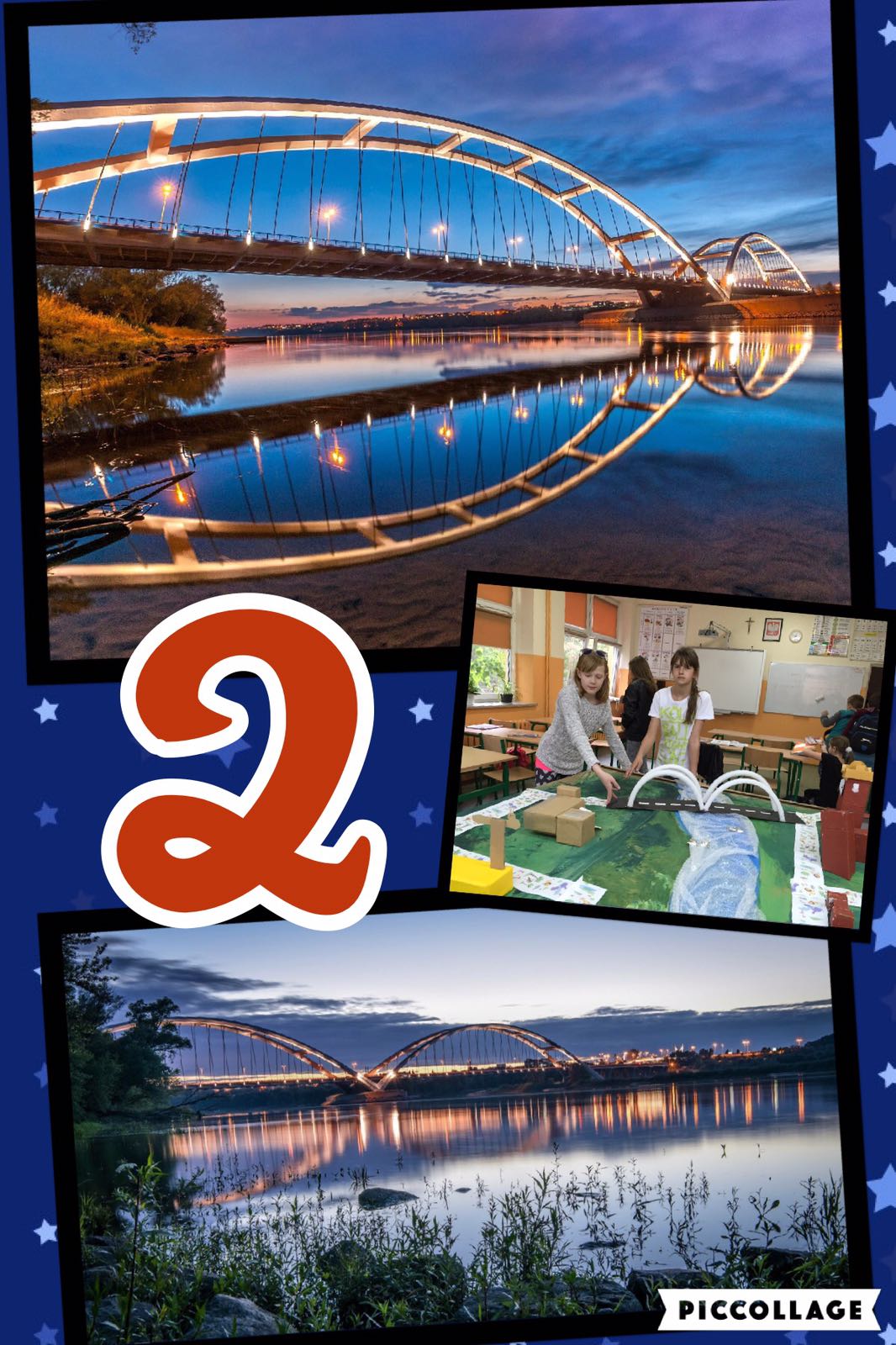
This project has been funded with support from the European Commission.This communication reflects the views only of the author. The Commission cannot be held responsible for any use which may be made of the information contained therein.

